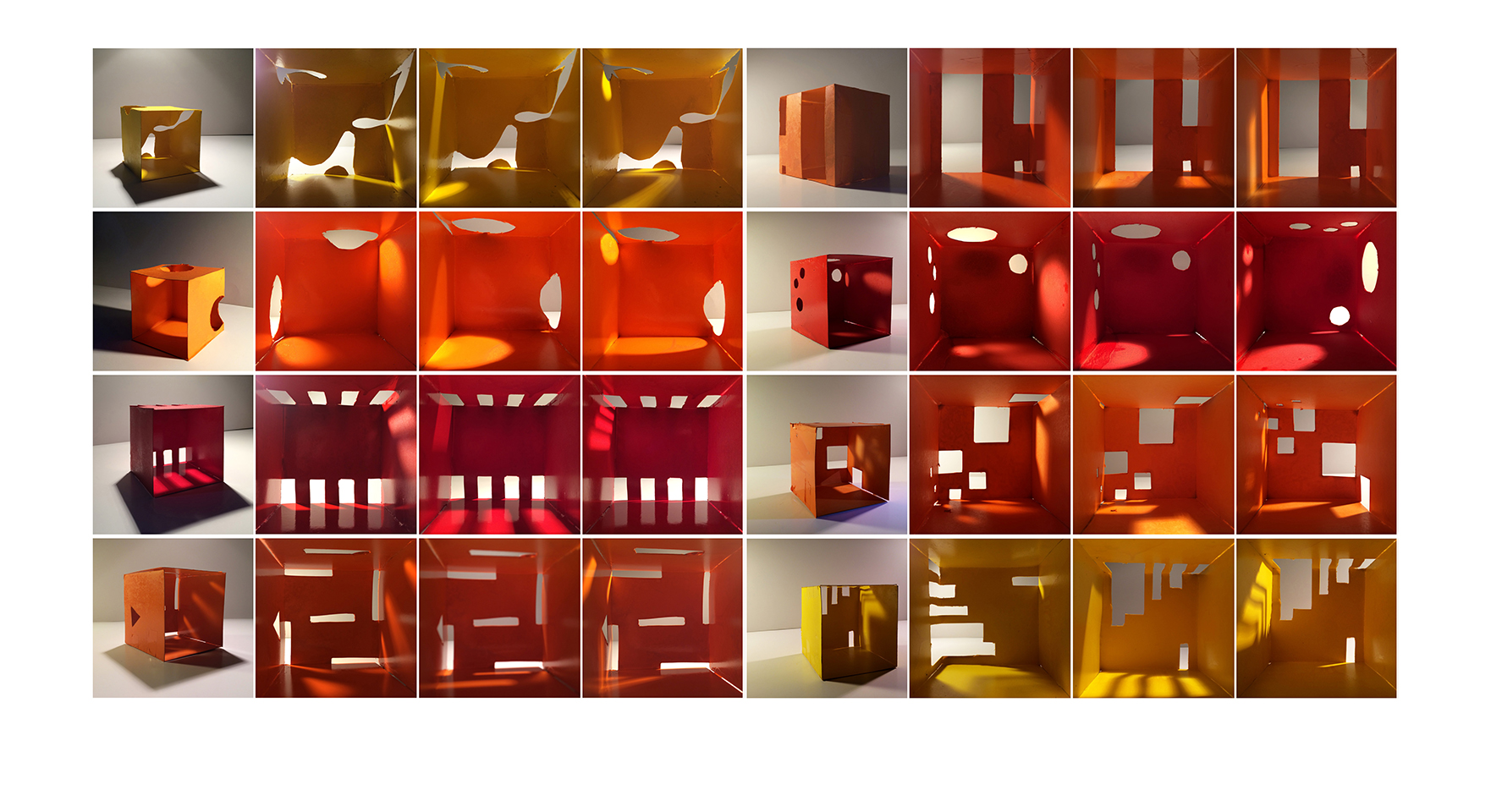CATCH 1
The whole concept of the 16 activities included in the C.A.T.C.H. project described underneath, was an output prepared under the guidance and technical support of the academicians Assoc. Prof. Dr. Aynur Çiftçi, Assoc. Prof Dr. M. Tolga Akbulut, Assist. Prof. Dr. Dilek Ekşi Akbulut from Yıldız Technical University, Faculty of Architecture”.
On behalf of Belgium, one of our C.A.T.C.H. partner countries, the University of Architecture -KU Leuven – Faculteit Architectuur (B) www.arch.kuleuven.be., is one of the cooperating ones. Arch. Kristien Vanmerhaeghe is the responsible professor who collaborates and offers her services for the materialization of our C.A.T.C.H. project.
The key aspect of developing the architectural environment we live in is to carry it to the formal education. People who are deprived of knowledge of architecture and architectural development cannot see the negative aspects of the environment around them, cannot find a solution and even do not know what to demand. The most significant way of solving this problem is to bring the subject into the primary and secondary school classes and encourage children to think about their architectural surroundings at an early age. Our children when they are adults, will be the designers and also the clients, decision-makers and inhabitants of our buildings, cities, towns, villages and rural areas.
Architectural education is a logical link between the students who study certain subjects at school and the world around them. It is going to help our pupils to broaden their horizons and look beyond the classroom to their community. Architectural education has been given to children nearly 30 years in the USA and there are institutions working on the subject and also giving teacher trainings (http://architectureandchildren.com). In Europe this education has been given for over 20 years. The most famous school in Europe in this area is ARKKI which started architectural education in Finland in 1993. (http://arkki.net/en/ )
Architectural education improves the designing capabilities of children through workshops, develops teamwork spirit among them, enhances awareness and sensitivity, enables them to recognize different cultures and living environments. It helps children get informed about architectural issues such as earth, region, province, building and historical building.
In the activities that will be carried out during the project, children explore their surroundings and learn to critically analyze them. Workshops at schools and in the fields create the opportunities for critical thinking, creativity, national and cultural identity, world heritage awareness and its preservation and practice the environment which is an effective learning area from different angles.
Architecture and design education connect the students in the classroom with real-world issues related to the physical world around them. Schools become living areas and attraction points for children who explore their world through drawings, writing, model making, neighborhood walks, field trips, research, observation, and class presentations. Pupils gain self confidence and discover their abilities. Students learn their own history and art in the field trips, use Maths and Science in the models and sketches, develop their language skill through presentations. So this interdisciplinary programme, architecture and design, is used as a way of teaching Maths, Science, History, Language and Art. It helps students realize the importance of subjects they learn at school and have the opportunity to use what they have learned.
Playing is the main activity for children, and it gives an idea about the objects around them that they become familiar with at their very early ages. In the partner countries and specially in Turkey, children are burdened with the heavy course load within the monotonous education system far away from the community and outer life. Having fun while learning should be the crucial priority of the education. The capabilities of children should be discovered and exposed.
All the above describe the rationale and the main objectives pursued by our project CATCH: “Children-Architects to Create Homes”.











